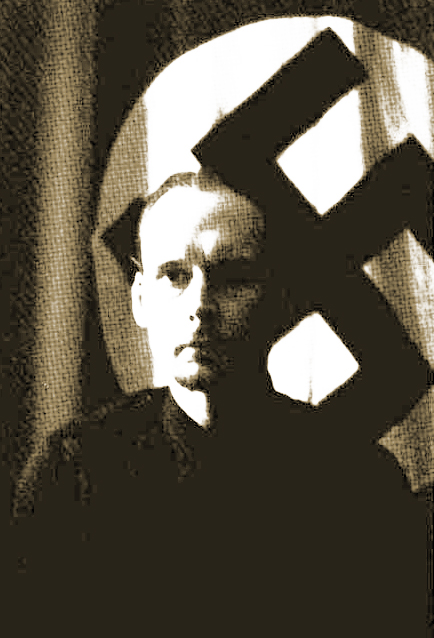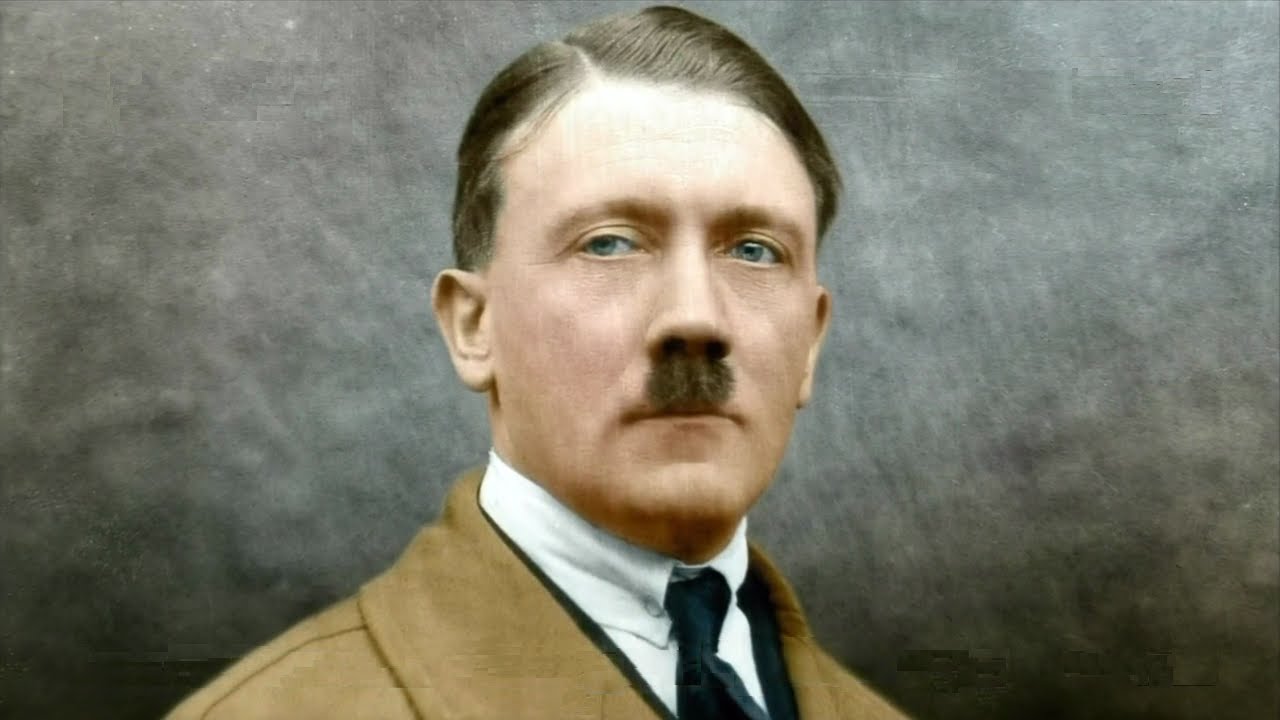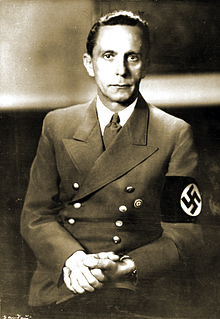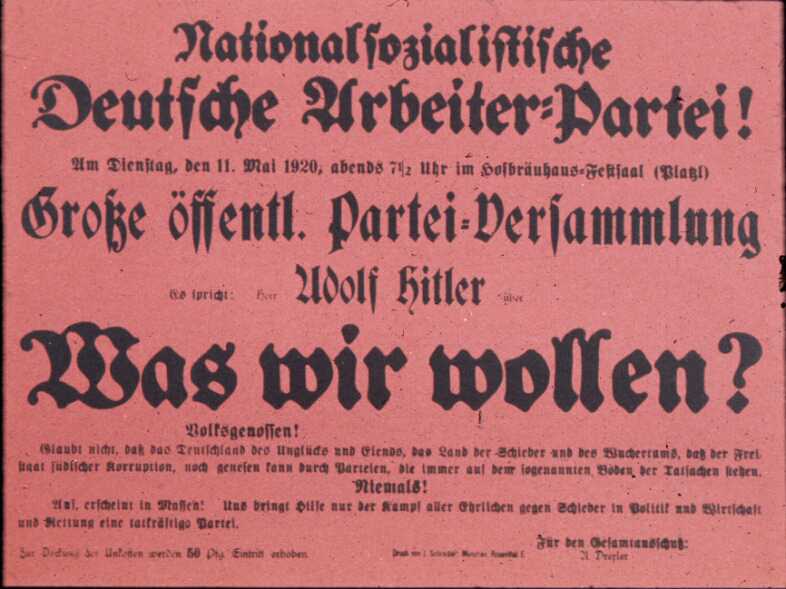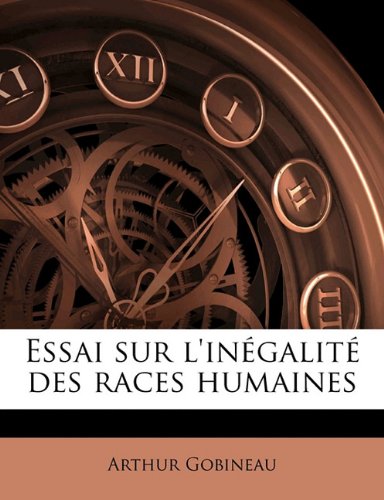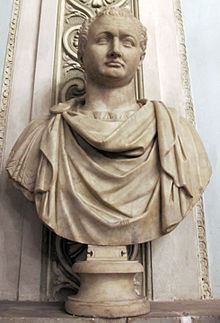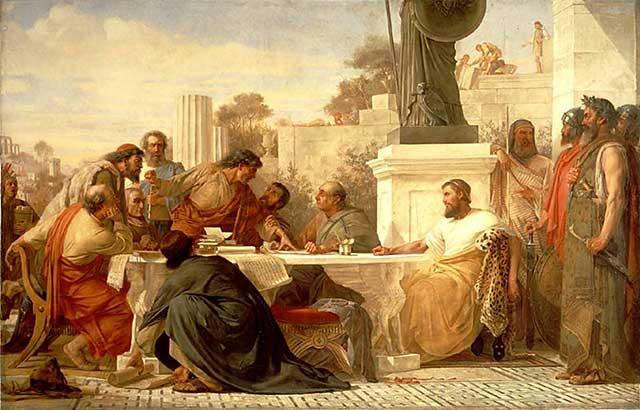
II
The Memoir of Julian Augustus
From the example of my uncle the Emperor Constantine, called the Great, who died when I was six years old, I learned that it is dangerous to side with any party of the Galileans, for they mean to overthrow and veil those things that are truly holy. I can hardly remember Constantine, though I was once presented to him at the Sacred Palace. I dimly recall a giant, heavily scented, wearing a stiff jewelled robe. My older brother Gallus always said that I tried to pull his wig off. But Gallus had a cruel humour, and I doubt that this story was true. If I had tugged at the Emperor’s wig, I would surely not have endeared myself to him, for he was as vain as a woman about his appearance; even his Galilean admirers admit to that.
From my mother Basilina I inherited my love of learning. I never knew her. She died shortly after my birth, 7 April 331. She was the daughter of the praetorian prefect Julius Julianus. From portraits I resemble her more than I do my father; I share with her a straight nose and rather full lips, unlike the imperial Flavians, who tend to have thin hooked noses and tight pursed mouths. The Emperor Constantius, my cousin and predecessor, was a typical Flavian, resembling his father Constantine, except that he was much shorter. But I did inherit the Flavian thick chest and neck, legacy of our Illyrian ancestors, who were men of the mountains. My mother, though Galilean, was devoted to literature. She was taught by the eunuch Mardonius, who was also my tutor.
From Mardonius, I learned to walk modestly with my eyes to the ground, not strutting or measuring the effect I was creating on others. I was also taught self-discipline in all things; he particularly tried to keep me from talking too much. Fortunately, now that I am Emperor everyone delights in my conversation! Mardonius also convinced me that time spent at the games or in the theatre was time wasted. And, finally, it was from Mardonius, a Galilean who loved Hellenism too well, that I learned about Homer and Hesiod, Plato and Theophrastus. He was a good teacher, if severe. From my cousin and predecessor, the Emperor Constantius, I learned to dissemble and disguise my true thoughts. A dreadful lesson, but had I not learned it I would not have lived past my twentieth year. In the year 337 Constantius murdered my father. His crime? Consanguinity. I was spared because I was six years old; my half-brother Gallus—who was eleven years old—was spared because he was sickly and not expected to live.
Yes, I was trying to imitate the style of Marcus Aurelius to Himself, and I have failed. Not only because I lack his purity and goodness, but because while he was able to write of the good things he learned from a good family and good friends, I must write of those bitter things I learned from a family of murderers in an age diseased by the quarrels and intolerance of a sect whose purpose it is to overthrow that civilization whose first note was struck upon blind Homer’s lyre. I am not Marcus Aurelius, in excellence or in experience. I must speak now in my own voice.
I never saw my mother. But I do recall my father. Julius Constantius was a tall imposing man. At least he seemed tall to me then. Actually, from his statues, I reckon him to have been somewhat shorter than I am now, and broader. He was most gentle with Gallus and me on those occasions when we saw him, which was not often for he was always travelling, attending to the various small tasks the Emperor set him. I should mention here that at one time my father was thought to have had a better right to the throne than his half-brother Constantine. But it was never his nature to protest. He was gentle; he was weak; he was destroyed.
On 22 May 337, Constantine died at Nicomedia, to his apparent surprise, since he had just taken the water cure at Helenopolis and all the omens suggested a long life. On his deathbed he sent for our cousin, Bishop Eusehius, to baptize him. Just before the Bishop arrived, Constantine is supposed to have said, rather nervously, “Let there be no mistake.” I’m afraid that sounds exactly like him. He was not one to leave, as Aristophanes so wittily puts it, a single stone unturned. Constantine was never a true Galilean; he merely used Christianity to extend his dominion over the world. He was a shrewd professional soldier, badly educated and not in the least interested in philosophy, though some perverse taste in him was hugely satisfied by doctrinal disputes; the mad haggling of bishops fascinated him.
According to Constantine’s will, the empire was to be divided between his three surviving sons, each of whom had already been raised to the rank of Caesar. (Every schoolchild knows this but will they always?) To the twenty-one-year-old Constantine II went the prefecture of Gaul. To Constantius, twenty, the East. To Constans, sixteen, Italy and Illyricum. Each was to assume automatically the title Augustus. Surprisingly enough, this division of the world was carried out peaceably. After the funeral (which I was too young to attend), Constantine II withdrew immediately to his capital at Vienne. Constans set out for Milan. Constantius took over the Sacred Palace at Constantinople.
Then the murders began. Constantius maintained that there was a plot against his life, instigated by the children of Theodora, who had been legitimate wife to his grandfather Constantius Chlorus, whose concubine Helena, Constantine’s mother, had been discarded when his father was raised to the purple. Yes, it all sounds a muddle to those who read of such matters, but to us, caught in the web, these relationships are as murderously plain as that of spider to fly.
Some say there was indeed such a plot, but I doubt it. I am certain that my father was in no way disloyal. He had not protested when his half-brother Constantine became emperor. Why should he protest the elevation of his son? In any case, during the course of that terrible summer, a dozen descendants of Theodora were secretly arrested and executed, among them my father.
The day of my father’s arrest Mardonius and I had been out walking in the gardens of the Sacred Palace. I don’t recall where Gallus was; probably sick in bed with fever. For some reason, when Mardonius and I returned to the house, we entered the front door instead of the back, our usual entrance.
It was a pleasant evening and, again contrary to custom, I went to my father where he sat in the atrium with his estate manager. I remember the white and scarlet roses that had been trained to grow in trellises between the columns. And—what else do I remember? The lion-footed chair. A round marble table. The dark-faced Spanish estate manager sitting on a stool to my father’s left, a sheaf of papers in his lap. As I dictate these words, I can suddenly remember everything. Yet until this moment—how strange—I had forgotten the roses and my father’s face, which was—which is—all clear to me again. What a curious thing memory is! He was ruddy-faced, with small grey eyes, and on his left cheek there was a shallow pale scar, like a crescent.
“This,” he said, turning to the manager, “is the best part of my estate. Guard him well.” I had no idea what he was talking about. I am sure that I was embarrassed. It was rare at any time for my father to speak to me. Not for lack of affection but because he was even more shy and diffident than I, and not at all certain how to behave with children.
Birds—yes, I can hear them again—chattered in the branches of the trees. My father continued to speak of me, and I listened to the birds and looked at the fountain, aware that something strange impended. He said that Nicomedia was “safe”, and I wondered what he meant by that. The estate manager agreed. They spoke of our cousin, Bishop Eusebius; he was also “safe”. I stared at the fountain: Greek of the last century, a sea nymph on a dolphin whose mouth poured water into a basin. Remembering this, I realize now why I had a similar fountain installed in my garden when I was at Paris. Can one remember everything if one tries this hard? (Note: Have copy of fountain made for Constantinople if original can’t be found.)
Then my father dismissed me with an awkward pat; no last word, no mark of undue affection; such is shyness. While I was having supper, the soldiers came. Mardonius was terrified. I was so astonished by his fright that at first I could hardly understand what was happening. When I heard the soldiers in the atrium, I jumped to my feet. “What’s that? Who’s that!” I asked.
“Sit down,” said Mardonius. “Don’t move. Don’t make a sound.” His smooth beardless eunuch face with its thousand lines like a piece of crumpled silk had gone the colour of a corpse. I broke away from him, in wonder at his fear. Clumsily, he tried to bar me from leaving the room, but now, more alarmed by his fear than by the noise of strange men in the house, I bolted past him to the empty atrium. In the vestibule beyond, a woman slave stood weeping. The front door was open.
The porter clung to the frame as if he had been nailed to it. Through the woman’s soft weeping, I heard the sound armed men make in a street: creaking leather, dull clank of metal upon metal, and the hollow thud of thick-soled boots on stone. The porter tried to stop me but I dodged past him into the street. Half a block away, I saw my father walking at the centre of a formation of soldiers, led by a young tribune. Shouting, I ran after him. The soldiers did not halt but my father half-turned as he walked. His face was paler than the ashes of a wood fire. In a terrible voice, stern as Zeus, a voice I had never heard him use before, he said, “Go back! Now!”
I stopped dead in the centre of the street, several yards from him. The tribune stopped, too, and looked at me curiously. Then my father turned on him and said peremptorily, “Go on. This is no sight for a child.”
The tribune grinned. “We’ll be back for him soon enough.” Then the porter from our house seized me, and though I cried and fought, he carried me back into the house.
Several days later in one of the wine cellars of the Sacred Palace, my father was beheaded. No charges were made. There was no trial. I do not know where he was buried or if he was buried.
